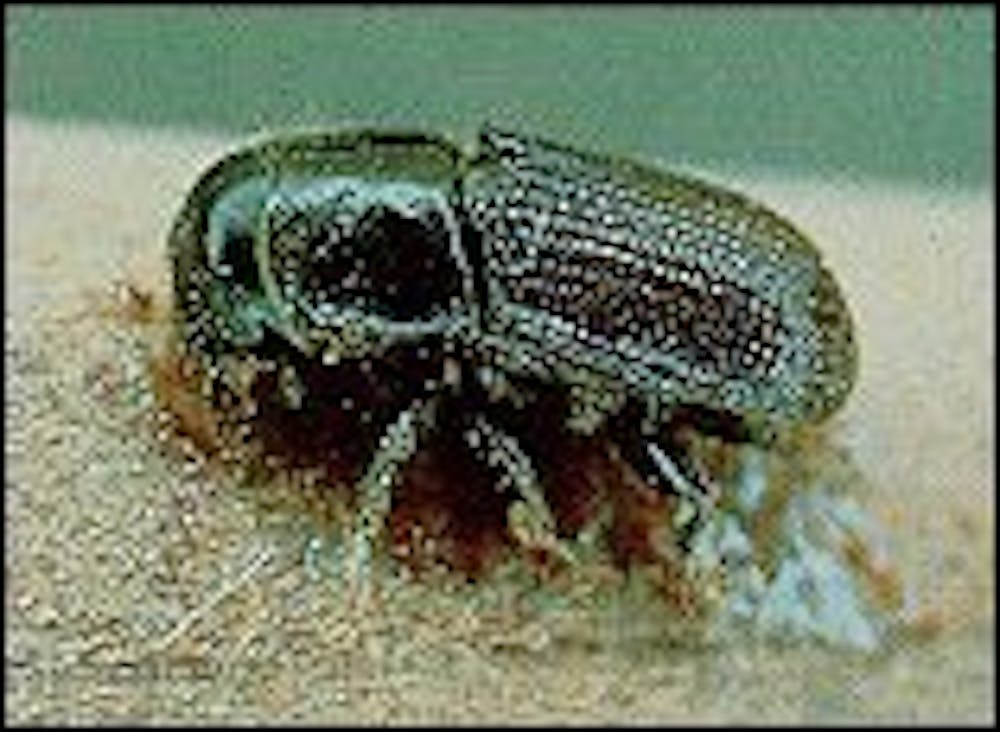Carrboro residents may have to bid farewell to three acres of pines in Anderson Park after officials found parasitic beetles in them.
The town’s public works department discovered two weeks ago that Southern pine beetles had infested the trees and immediately informed Orange County Ranger Jake Pressley.
Pressley said the next step could be to cut down between 40 and 65 infested trees.
“My recommendation is to first and foremost put public safety first, do some signage, have a tailgate briefing, establish communication, escape routes and safety zones,” he said. “We don’t want to create a hazardous situation removing a hazardous situation.”
Fred Hain, forest entomology professor at N.C. State University, said pine beetles most commonly attack pine trees in the space between the true wood and the outer bark. This space contains an inner bark tissue that is typically dense in nutrients.
After the female beetle bores in and carves holes into the tree, she will lay eggs in niches within the wood. Over time, the eggs hatch and the larvae feed on the tree, draining it of its ability to transport remaining nutrients, Hain said.
The beetles, approximately the size of a grain of rice, have developed a sophisticated network of communication that allows the insects to emit pheromones that attract other insects to the tree.
When a tree is fully infested, the pests will move on to a new host and over time create a “mass attack phenomena.”
“It’s like a slow moving wildfire,” Hain said. “A neighbor gets attacked, and then another, and the process continues. Usually if you look at a spot that’s been around awhile, you can go into it and you can see where it started and where it went next and where it moved to and even its most recent attack.”



